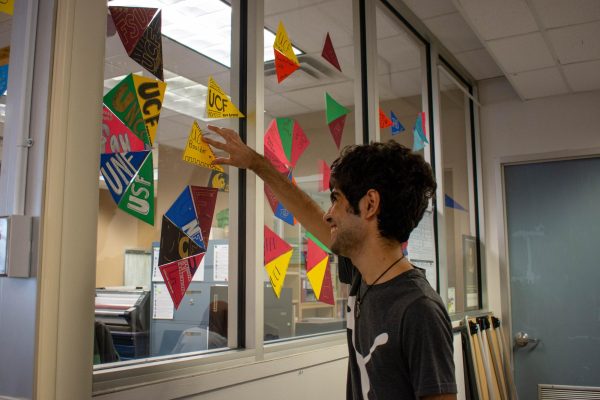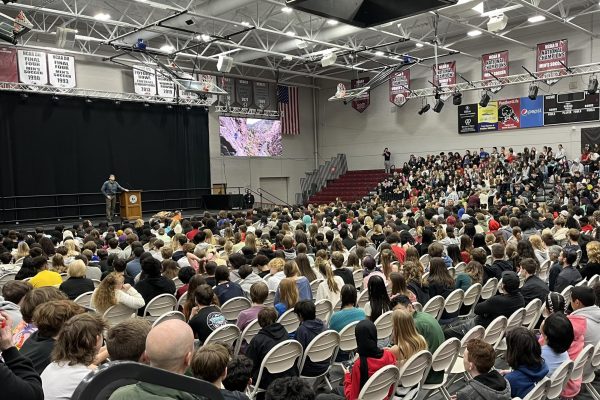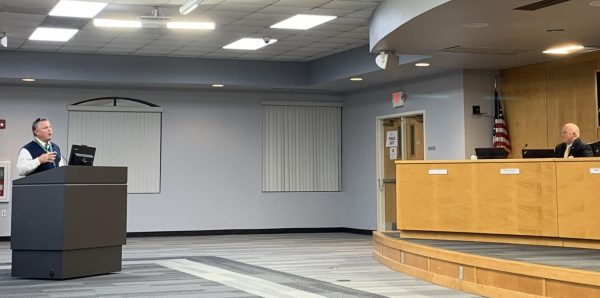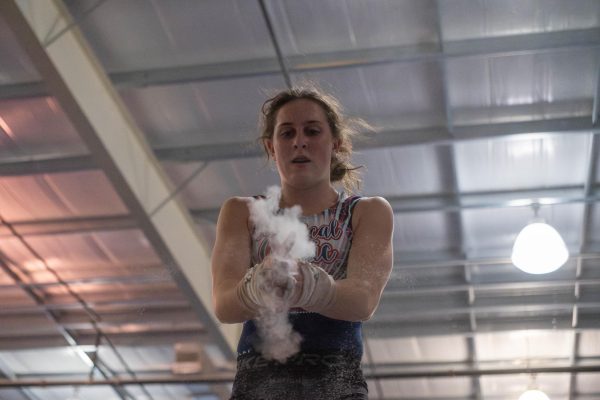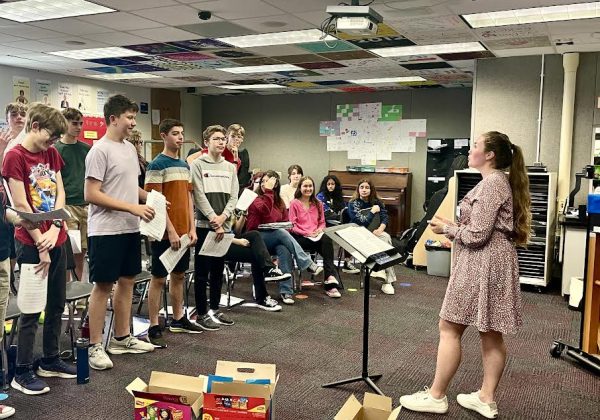When Teachers Leave, Homerooms Feel Lose of Community
April 1, 2023
When freshman Cali Cousman walked into her homeroom class she was greeted by an unfamiliar face: her third homeroom teacher in as many years.
Cousman’s homeroom teachers have been former band directors Christopher Houze and Archie Lappalainen along with current director Justin Snively.
“It was hard to establish a connection. Once Mr. L got to know our names, he left. Our class never got to know him and connect with him like other students with their homeroom teachers.”
Homerooms became part of the Secondary Schools of National Prominence program more than 15-years ago that required every Brevard public school to have a small-learning community.
“Most schools address the issue of getting their students together and grouped into cohorts by forming academies,” small-learning community coordinator Angela Feldbush said. “Academies are kind of schools within schools. With the way West Shore runs academically, we cannot do academics.”
In-school academies focus on specific career interests, such as the FAME academy at Merritt Island High School, which focuses on performing arts, technical arts and visual arts. In contrast Eau Gallie High School has a health and wellness academy for students who want pursue medical vocations.
“Those are career and technical education programs,” assistant principal Glenn Webb said. “Our infrastructure is so small that we do not have a lot of facility space to incorporate some of those academies. Elective courses that take years of a program such as a culinary, digital arts program or something along those lines where students get certification don’t interfere with our school, but infra-structurally we do not have a lot of space for that in our schedule.”
Each Friday, students and teachers participate in activities to increase friendships with other students in the class during homeroom meetings. After switching homerooms three times, senior Grace Mandese said [math teacher] Whitacre has best helped students connect.
“For a while, it was stressful switching [homeroom] teachers,” Mandese said. “It was hard for our homeroom to connect because none of us were friends outside of the classroom. Some of our past homeroom teachers would not acknowledge our class or we would not do our assigned activities.”
As part of the homeroom curriculum, students learn financial responsibility, social-media safety and study techniques. Except for updated videos and slideshows, all lessons are repeated each year.
“The homeroom model was our way to get our students connected with their peers,” Feldbush said. “It is nice because it gives us flexibility to continue to adjust to what the students need and what is helpful to them. It hopefully gives the kids consistency being with the same kids and teacher.”
However, an unstable environment due to teacher departures sometimes causes substitutes to step in.
“I feel frustrated,” Cousman said. “The substitutes don’t know what to do during homeroom, so we just sit there, and it is really boring.”
Homeroom also allows students to participate in school traditions for activities such as the Senior Breakfast and Wildcat Challenge, a junior and senior field day. These traditions serve as final goodbyes before seniors depart for college. Without continuity between students and teachers, they can feel less meaningful.
“It might be difficult for my homeroom to participate in the Wildcat Challenge and other senior activities,” Cousman said. “Our homeroom has had a very rough beginning and having a new homeroom teacher every year gives us a harder time establishing a connection. Hopefully, by senior year we will be close and still have Mr. Snively as our homeroom teacher.”
A new homeroom teacher with a familiar face can bring students together when they are experiencing difficulties with teacher continuity.
“It helped because I taught many of my [homeroom] students in seventh-grade students and again for seniors in English, senior homeroom teacher Lisa Rehm said. “Mrs. Whitacre and I were asked to be these students’ homeroom teachers because [administrators] wanted the students to be familiar with the teachers because of their constant homeroom changes.”
Leaving homeroom students can be a difficult choice for teachers which Rehm knows from experience.
“I made the horrible mistake of leaving my senior homeroom halfway through [the school year] to take a job at the district,” she said. “I made sure to leave during the semester, but homeroom is the group that I have the least connection with. No lie, I saw one of the students at Eastern Florida and he started yelling down the corridor, “You left us. You left us.” I knew right then I should not leave my students halfway through the year again.”

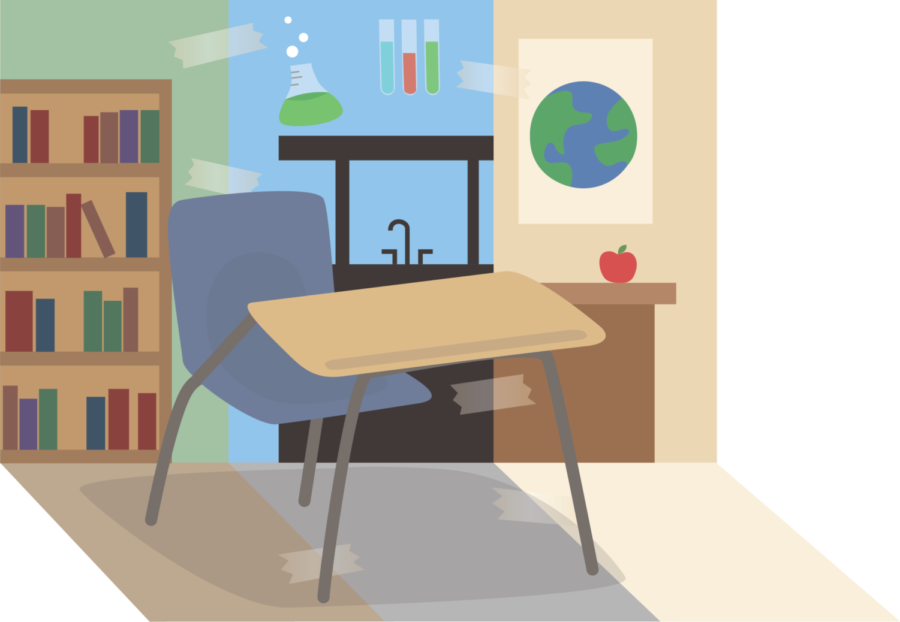

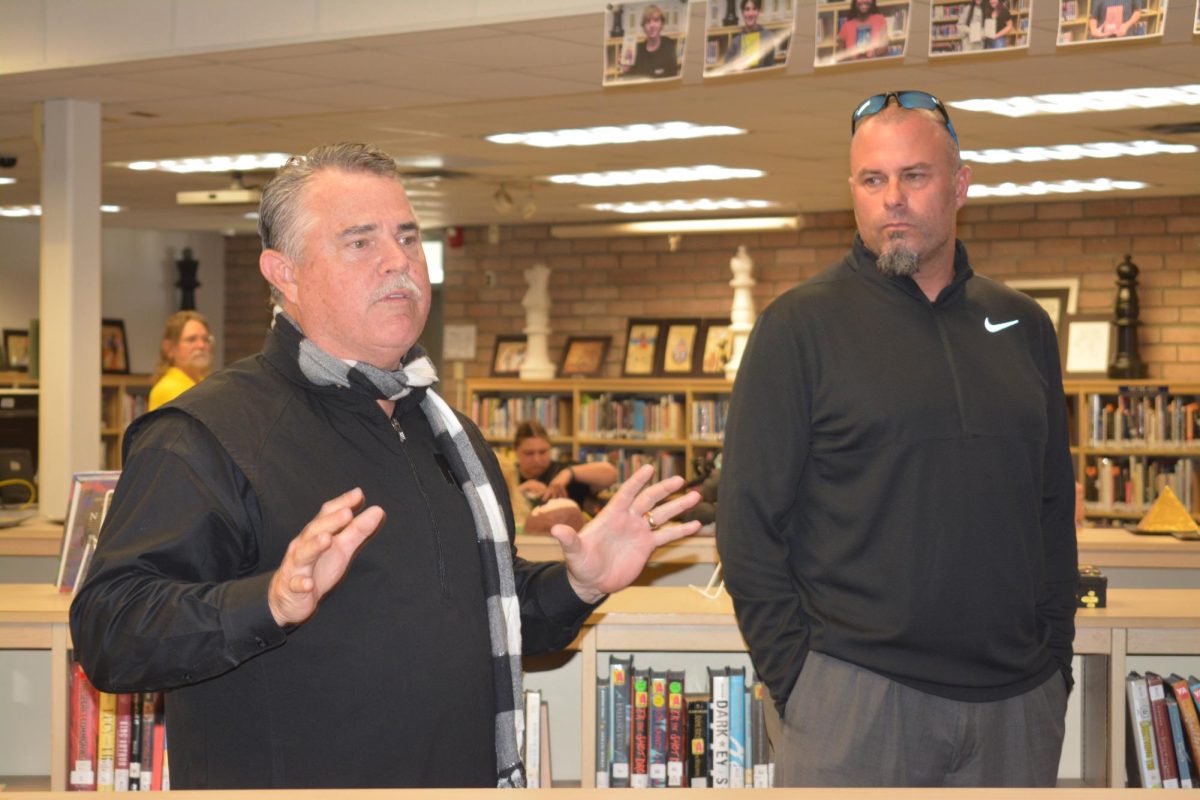
![The Melbourne Fire Department recognized coach and custodian Derrick Hamilton on April 16 with the Lifesaving Citizen Award during lunch. I would just react for anyone, Hamilton said. My love for children -- thats what it comes down to. [I am] where I am supposed to be.](https://westshoreroar.com/wp-content/uploads/2024/04/DSC_0639-1-e1713376507113-1200x805.jpg)

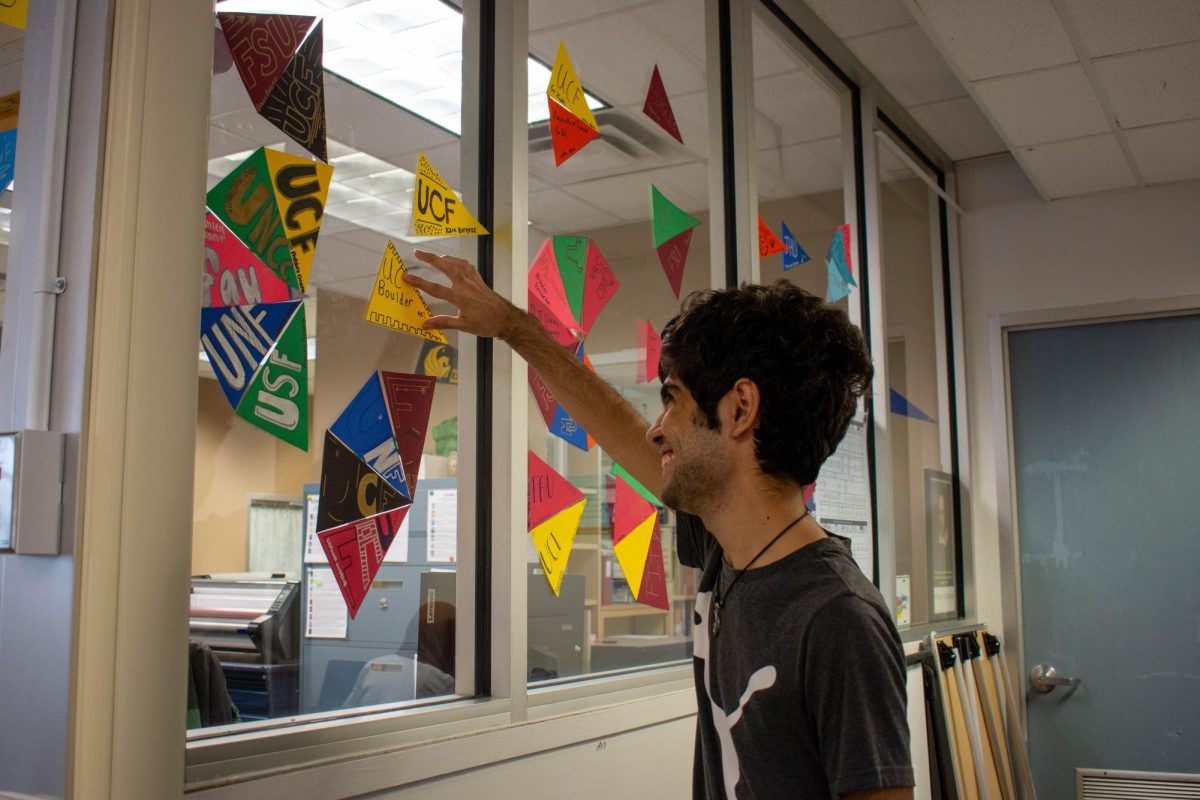

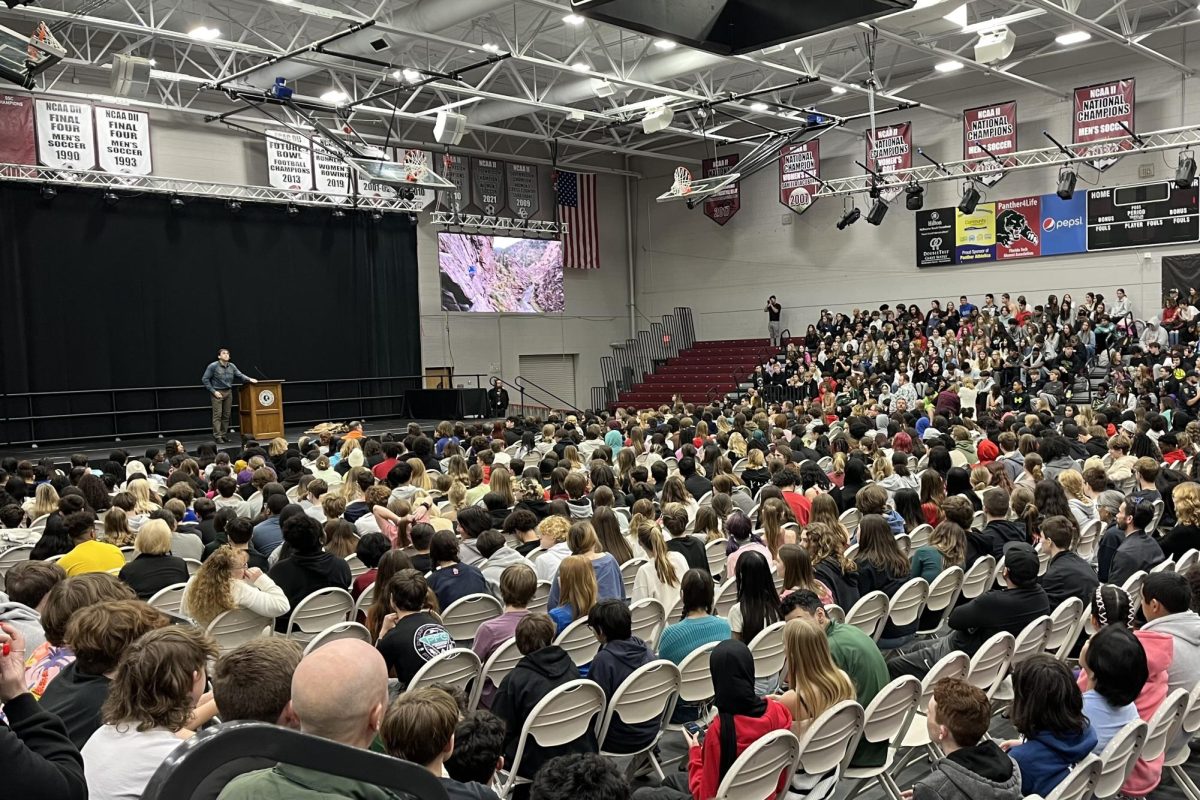
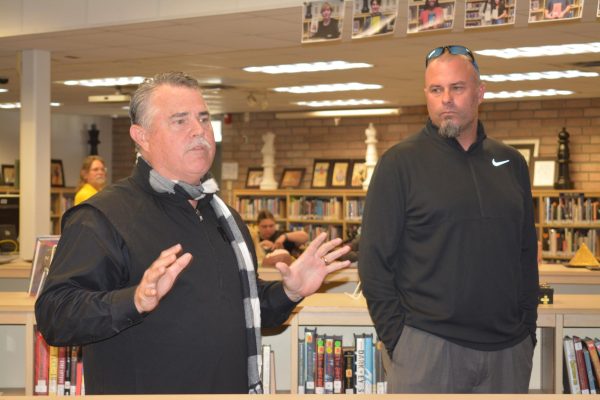
![The Melbourne Fire Department recognized coach and custodian Derrick Hamilton on April 16 with the Lifesaving Citizen Award during lunch. I would just react for anyone, Hamilton said. My love for children -- thats what it comes down to. [I am] where I am supposed to be.](https://westshoreroar.com/wp-content/uploads/2024/04/DSC_0639-1-e1713376507113-600x402.jpg)

